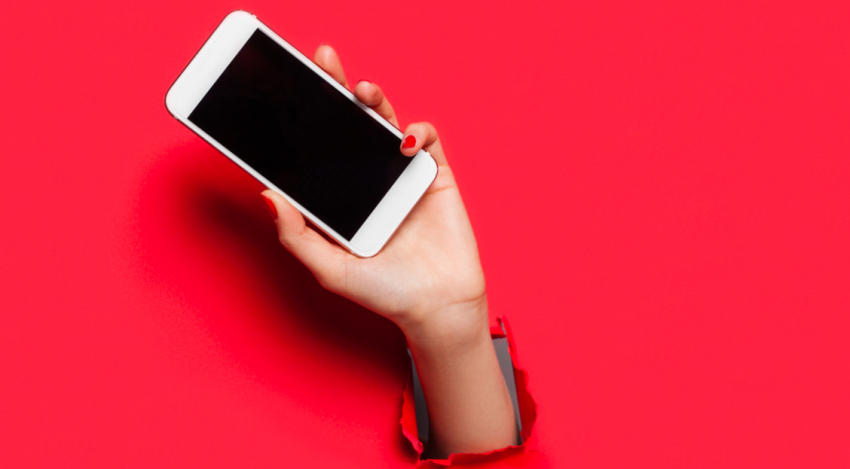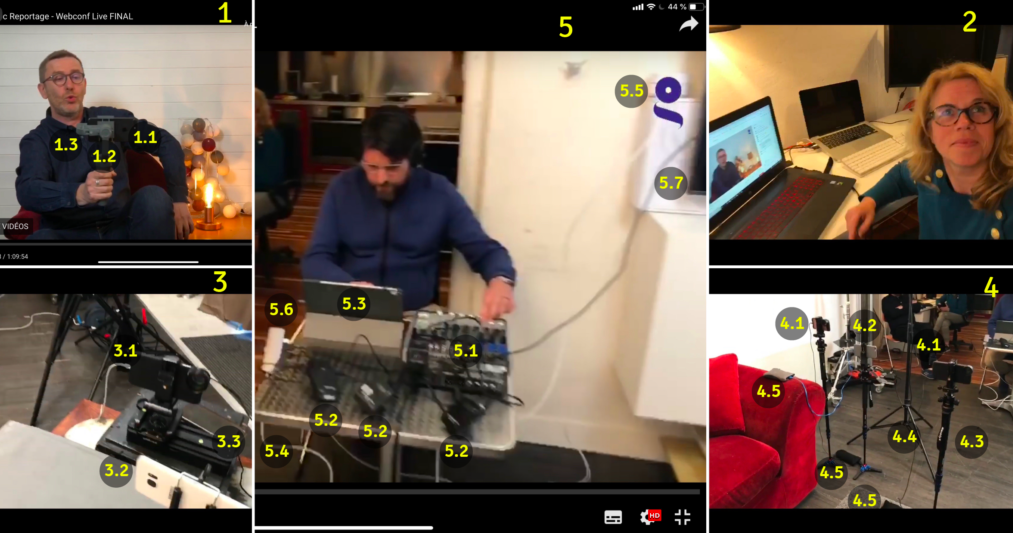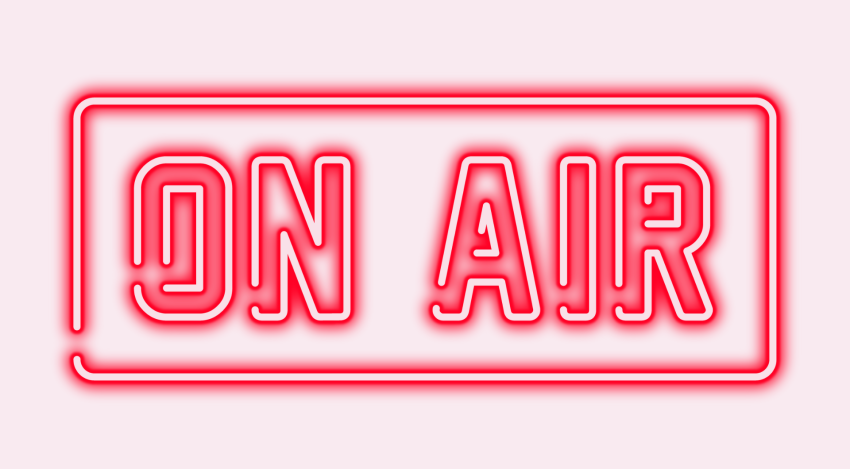

During the second YouTube Live session conducted for the MOOC "Shooting and Editing a Professional Report with Your Smartphone," the training team at Gobelins set up a multicam Live using a whopping 6 iPhones. Here's a technical analysis of this innovative virtual classroom setup.
In the first Live session, a single "classic" camera was used, which you can find here. This time, we'll delve into all the hardware and technical aspects that were used to create this second multicam YouTube Live session using only smartphones.
For the first time on Fun-MOOC, we witnessed a multicamera setup entirely using smartphones to host a YouTube Live session between instructors and learners.
The YouTube platform is more known for distributing training content in Video On Demand (VOD) mode rather than live. However, YouTube Live allows for use as a virtual classroom to facilitate synchronous exchanges between instructors (via video) and learners (via chat). Here's the technical description of the first YouTube Live broadcast conducted by Gobelins School of Visual Arts.

For the last MOOC Live session, the Gobelins team went a step further by using an original multicamera setup using only smartphones (a total of 6!).
Once again, I was drawn into deciphering the installation of this Live session. The analysis was based on images extracted from the video of this Live session.
Laurent Clause holds an iPhone 8 Plus (1.1) mounted on a DJI Osmo Mobile 2 gimbal (1.2) on his hand, and it's docked on the coffee table (not visible in the photo). This smartphone serves as a mobile camera to present the studio. Laurent is also wearing a wireless lapel microphone (1.3), with the transmitter in his rear left pocket. He's once again using his iPad with the "chemin de fer" setup seen in the previous analysis (thanks, Cathy).
Cathy Legendre (Kat Legendre), still using her HP Omen 17, manages the YouTube Live session and responds to chat questions in writing. On her screen, you can see Laurent still seated in his chair even though he's the one filming Cathy! There's a 35-second delay between the live session and the YouTube broadcast. These 35 seconds account for Laurent's movement time. This delay is either due to streaming or YouTube platform configuration. The video quality is set to 720p, and it seems the creators prioritized the quality of the broadcast in the YouTube channel settings, leading to this higher latency.
Here's a true novelty! This setup involves an iPhone with a Sandmarc lens (3.1) filming a Samsung Galaxy S8 with the Filmic Pro app running (3.2). As a bonus, an iPhone on the Edelkrone One slider (3.3) adds fully automated camera movement. This setup adds an aesthetic touch to the final image and is completely in line with the subject matter.
Three smartphones—2 iPhones (4.1) equipped with Sandmarc lenses (per Laurent's statement)—likely telephoto Lens x2 zoom models for close-ups on Laurent and Maxime (Maxime Jore). The third iPhone (4.2) isn't equipped with a lens: it provides the wide shot of the two speakers. Monopods for the cameras (4.3) and the feet of the lighting stands (4.4) are noticeable. A battery block (4.5) powers each smartphone to ensure a minimal Live duration.
This one! I must admit I spent quite a while trying to understand the connections. Wires of varying diameters scattered everywhere, going who-knows-where, gave me a run for my money—quite literally. It took me a while to unravel this affair, especially since the clarity of the images combined with camera movement didn't make it easier for me.
Here's a (very) plausible assumption about the setup and operation of the control room: Mixing Table
Let's start with the mixing table, a Behringer Xenyx Q1204 USB (5.1). Its role is to receive, mix, and blend the signals from the 3 wireless microphones (Laurent's lav, Maxime's lapel, Cathy's handheld). The wireless receivers are placed on the table (5.2), powered by USB, and connected to the mixing table via blue XLR connectors. The table converts the analog microphone signals into a digital USB output signal that goes to the tablet. A power strip on the floor (not visible) powers the Behringer.
The tablet is the central hub of the control room. It's an iPad Pro (5.3) that receives feeds from the 5 iPhones via Wi-Fi using the Switcher Studio app. The Switcher Studio app allows director Jean-Christophe to select the camera feeds to be sent to YouTube. The output feed is sent via an Ethernet cable (5.4).
Each iPhone is running the Switcher Studio app in remote camera mode. All iPhones and the tablet are connected to the same local Wi-Fi network.
A Google Wi-Fi router (5.5) is present; it's powered and connected via an Ethernet cable to the tablet. Given the "Wi-Fi load" with 5 incoming video feeds and 1 outgoing feed, strengthening the connections with a nearby router is a good idea. The router is powered via the floor power strip (not visible).
A USB-C powered multi-port hub (5.6) connects the iPad to the sound from the mixing table, the Wi-Fi router, the audio headset, and the microphone receivers (showing the full power of USB-C). The hub is also powered via the floor power strip.
Finally, another HDMI cable leads to a TV screen that likely acts as a return screen for the speakers. The screen remained black for reasons I'm not aware of (light interference?).
In short, a remarkable multicamera production.
Laurent Clause, am I close or not?

